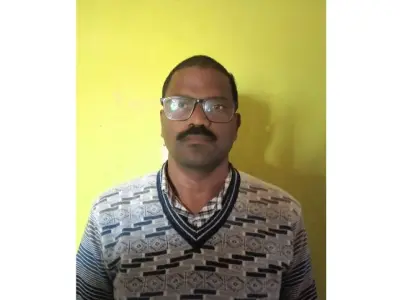

Delhi is once again grappling with a severe air pollution crisis, as a thick blanket of smog engulfs the city, compromising the health and well-being of its millions of residents. The Air Quality Index (AQI), a key indicator of air pollution, has surpassed the 330 mark, firmly placing Delhi in the "very poor" category. This alarming situation has persisted for nearly two weeks, raising serious concerns about the long-term health impacts and the efficacy of current mitigation measures.
AQI across Delhi:
Several factors contribute to Delhi's persistent air pollution woes. Stubble burning in neighboring agricultural states, residual pollutants from Diwali fireworks, vehicular emissions, industrial activities, and unfavorable meteorological conditions with low wind speeds all play a significant role. The lack of air circulation traps pollutants, leading to a thick haze that obscures even the city's most iconic landmarks, such as India Gate, where the AQI has reached 357.
Facts and Figures:
According to a study by the Centre for Science and Environment, air pollution in Delhi is responsible for over 10,000 premature deaths annually.
A report by Greenpeace India indicates that Delhi's air pollution levels exceed the World Health Organization's safe limits by more than 10 times.
The economic cost of air pollution in Delhi is estimated to be billions of dollars each year due to healthcare expenses, lost productivity, and damage to infrastructure.
The health implications of this "very poor" air quality are particularly worrisome. Health experts report a surge in respiratory illnesses, with even healthy individuals experiencing breathing difficulties due to prolonged exposure to the smog. This situation underscores the urgency for a comprehensive and multi-faceted approach to tackle this environmental crisis.
Governmental Actions:
In response to the crisis, the government has implemented several measures:
While these initiatives represent steps in the right direction, the persistent air quality challenges highlight the need for more stringent and sustained efforts. Addressing this crisis requires a collaborative approach involving neighboring states, stricter emission controls, sustainable agricultural practices, and increased public awareness. Delhi's fight for clean air is a collective responsibility that demands immediate and continuous action to ensure a healthier and more sustainable future for all.
DISCLAIMER: This brief synthesizes information from various public sources and offers the author's own insights and analysis on the subject matter.